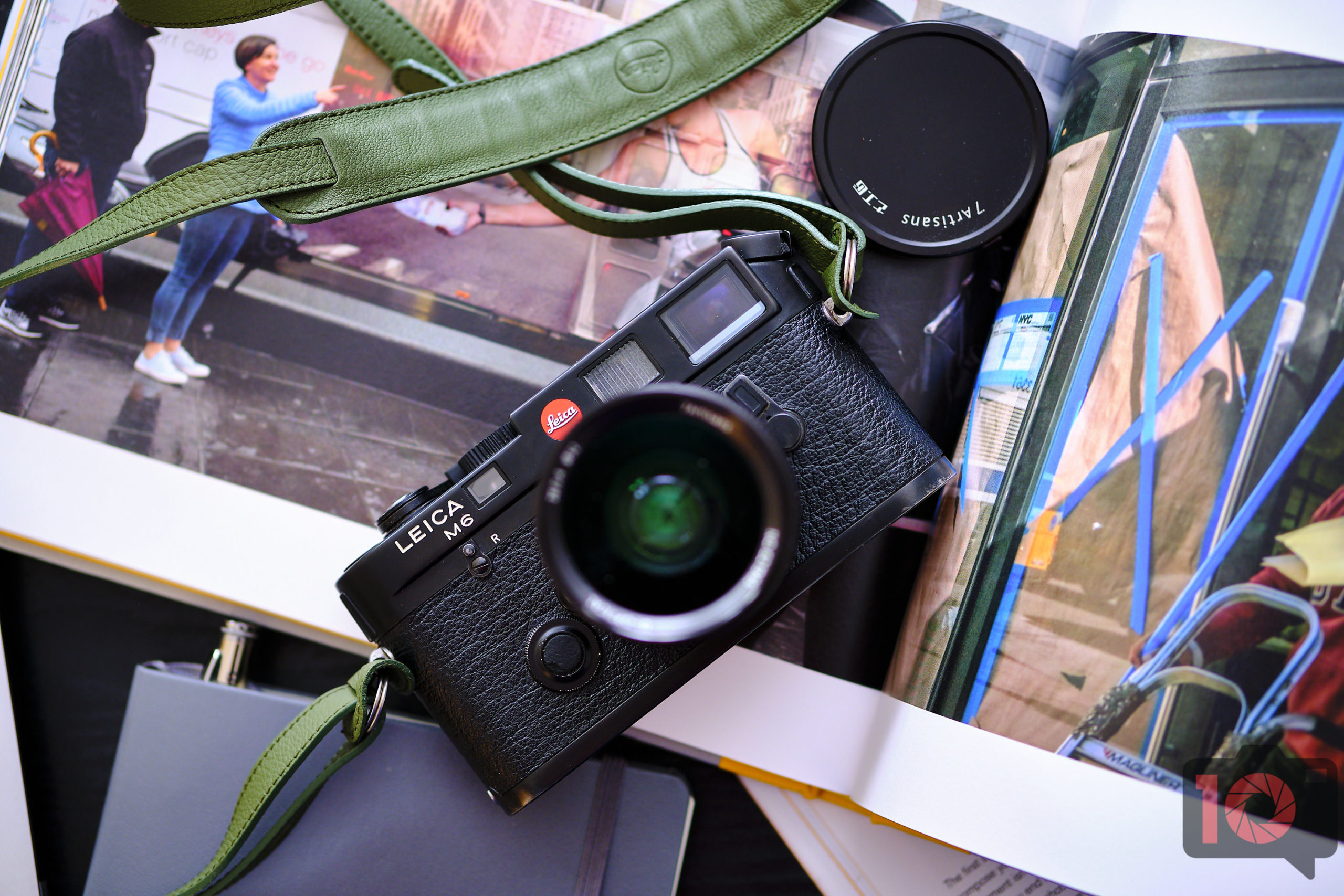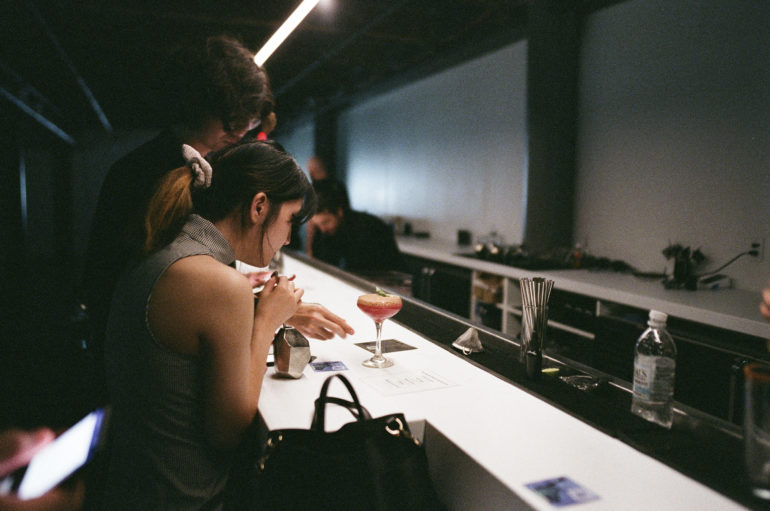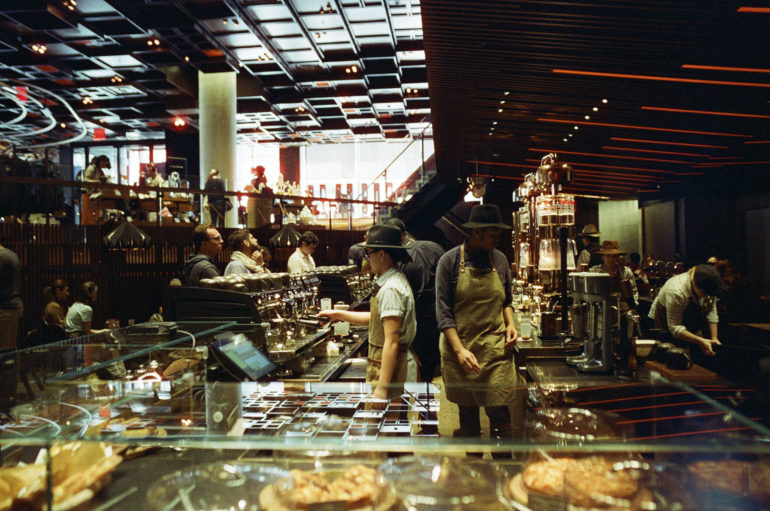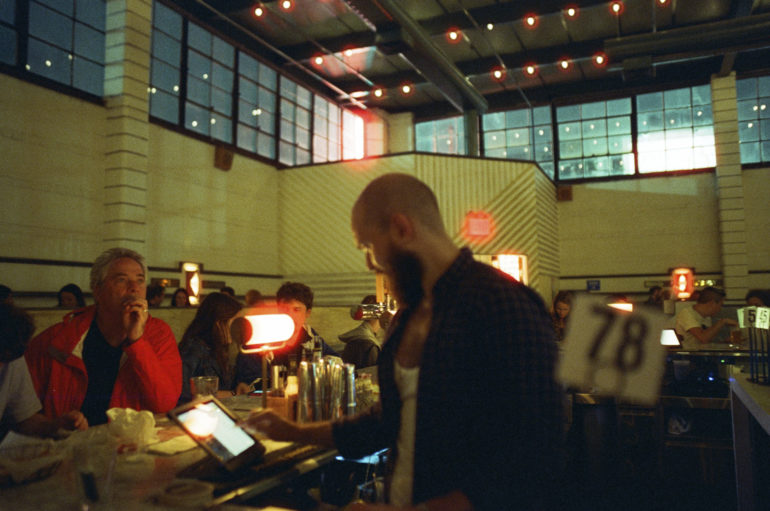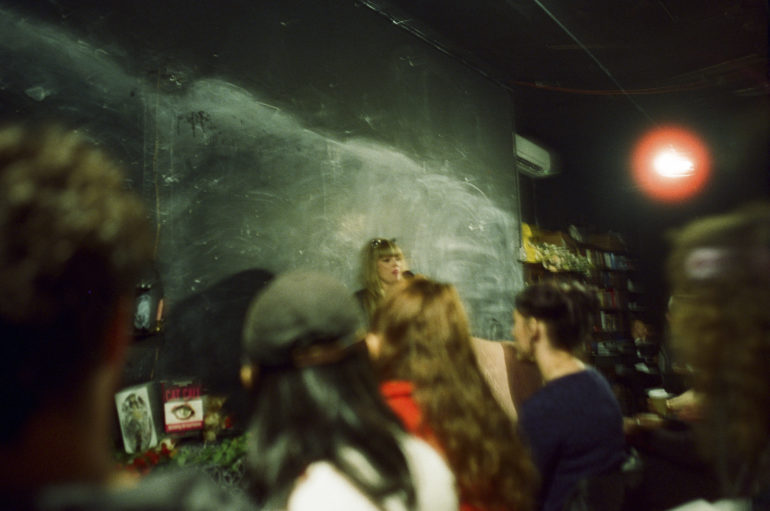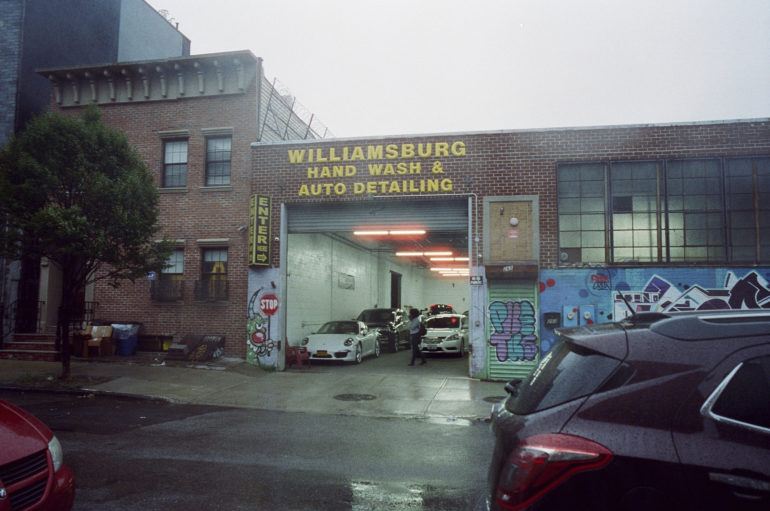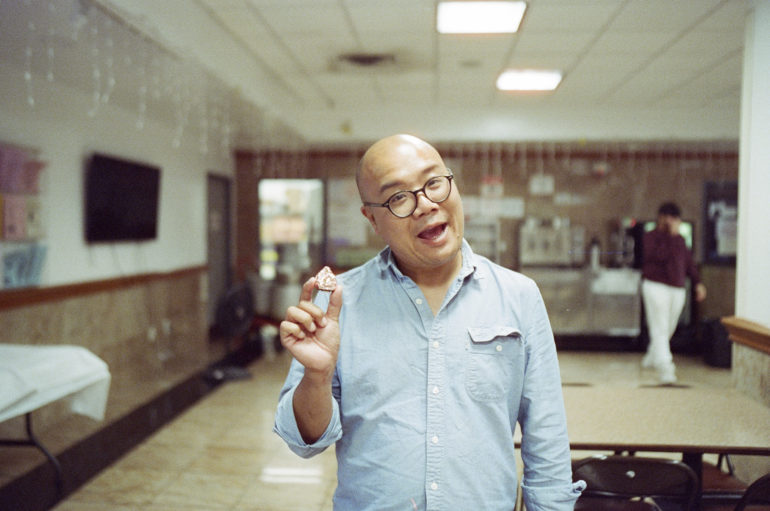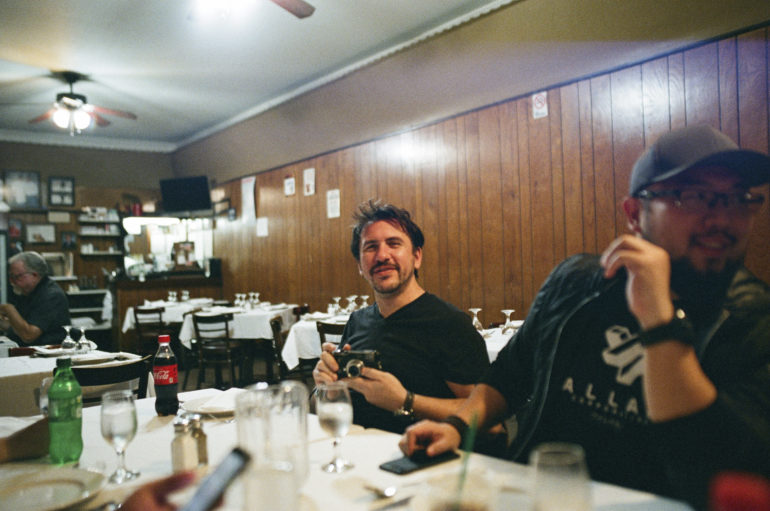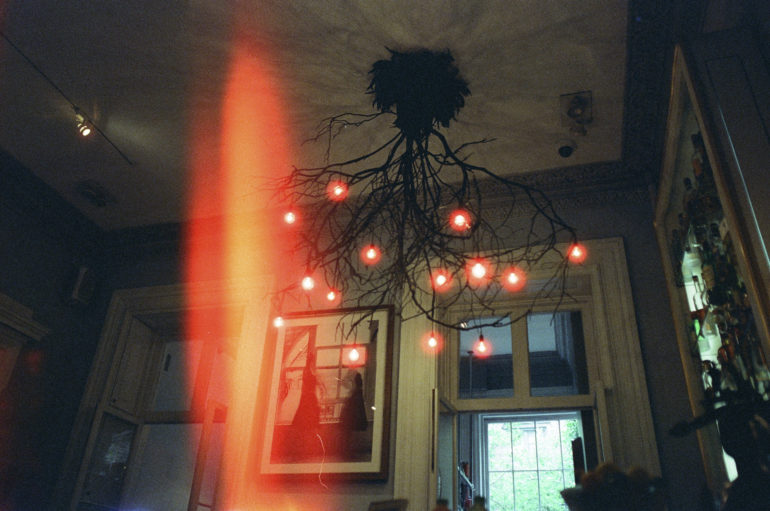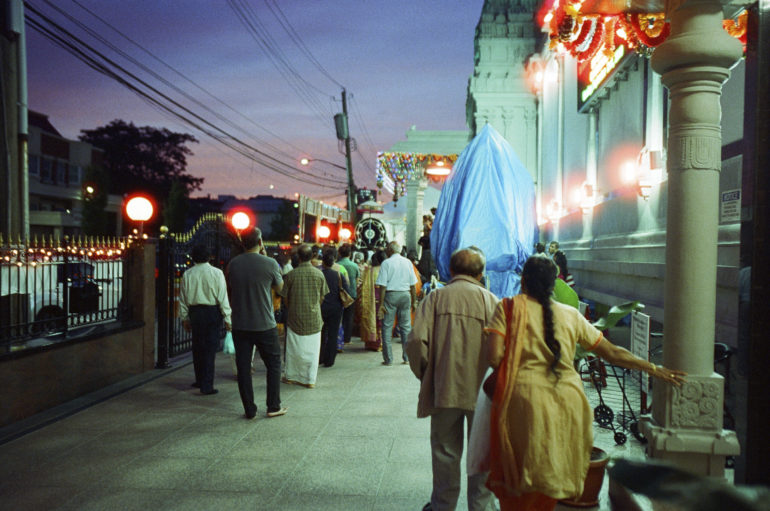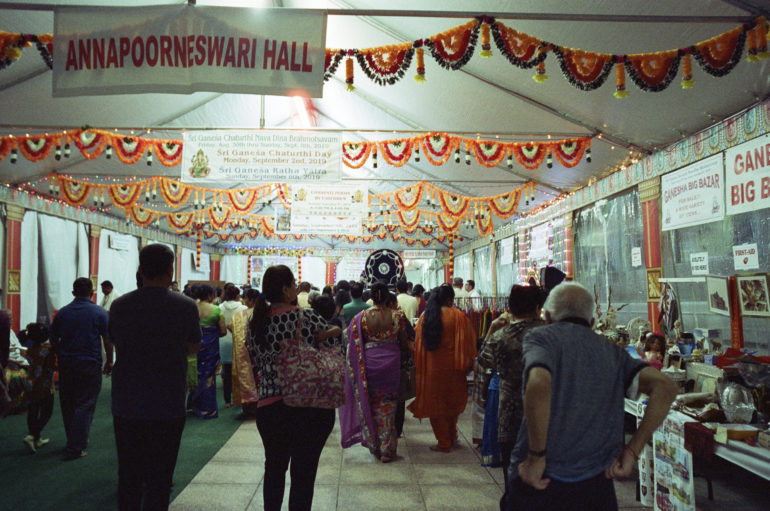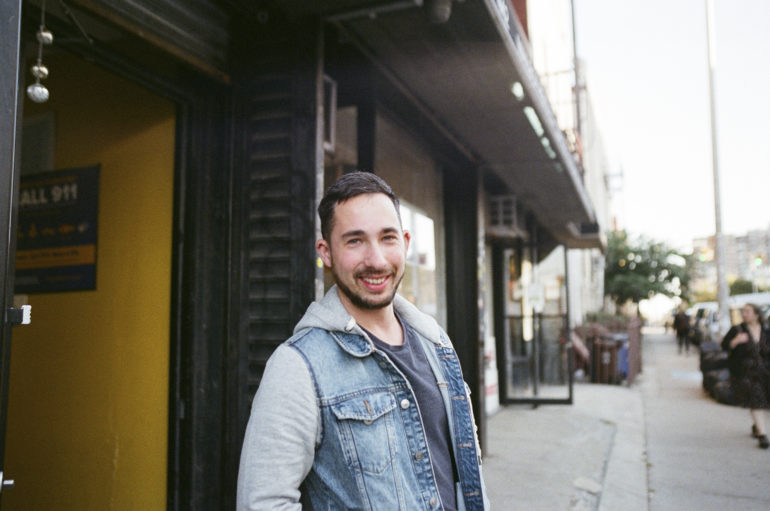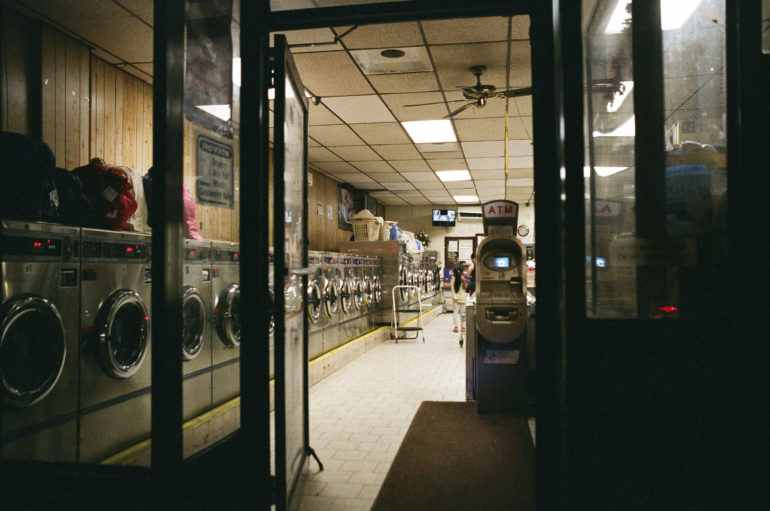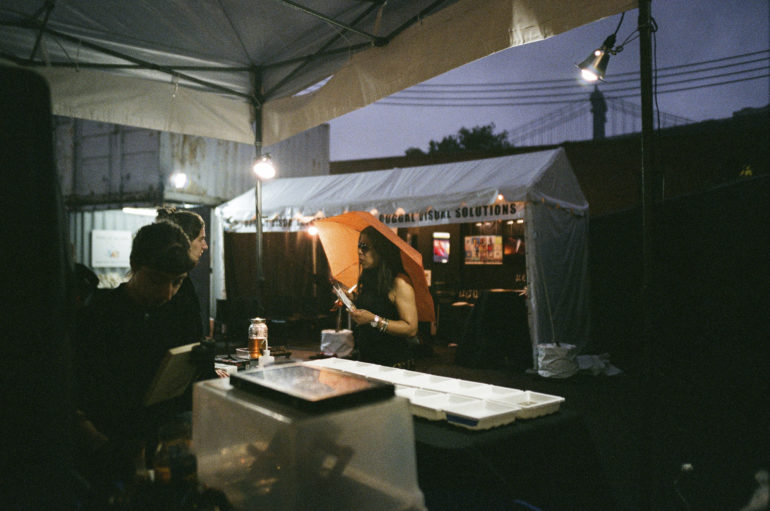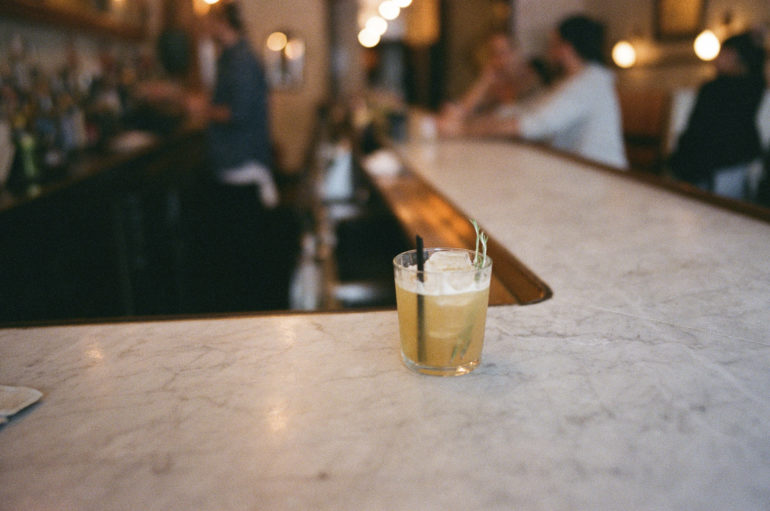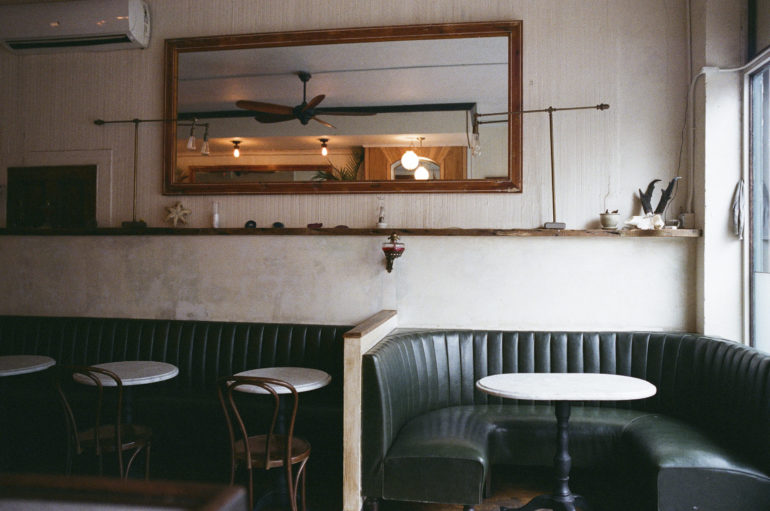The Leica M6 TTL has everything that a photographer could possibly want in a Leica camera.
There was a time when I believed the Leica M4-P to be the best camera that Leica ever made–and in some ways I believe it to still be superior over the Leica M6 TTL. The Leica M6 TTL is just easier. But if you’re a photographer that is a true master of the Sunny 16 method, then the Leica M4-P could be all that you need. With the Leica M6 TTL the ability to shoot at events with a flash becomes much easier due to the TTL flash capabilities. And for that reason alone, most photographers will probably stick with the original Leica M6.
Admittedly, I almost didn’t buy the Leica M6 TTL. Instead, all that I really wanted was a Leica M6. However, my good buddy Michael Rubenstein sold it to me for an unbeatable price. I took it with the consideration that if I ever wanted to use the TTL capabilities, that I had it. Generally speaking, I really do like the look of flash when combined with film. The results from my Hexar AF and my Natura S are gorgeous. And I could easily see myself shooting with a Leica M6 TTL, zone focused, and using a flash to illuminate my subject. In some ways, it goes against the Leica philosophy. But in other ways, it adheres to the belief that documenting and capturing the decisive moment is paramount.
Table of Contents
Gear Used
I used the Leica M6 TTL with various lenses from Leica and 7Artisans.
Tech Specs
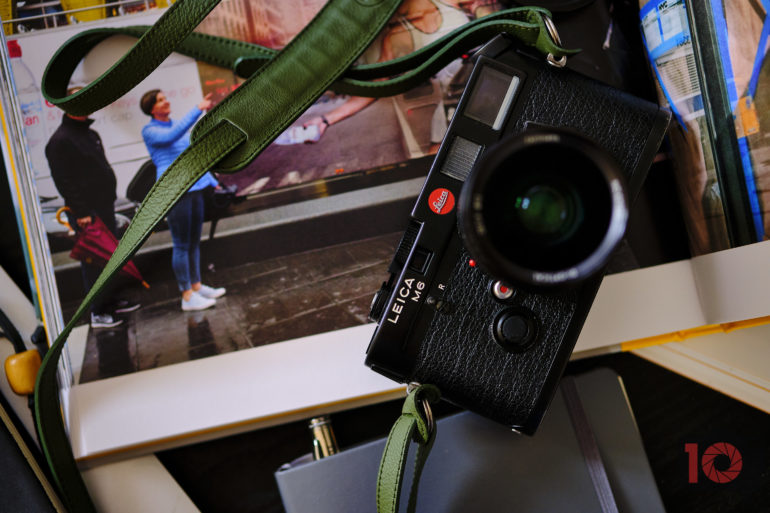
All that you truly need to know about the Leica M6 TTL is well said by Ken Rockwell
“The M6 (1984-1998) has only two simple > < LED arrows in its finder for the meter. There is TTL ambient light metering, but no TTL flash control, no flash-ready bolt in the finder, and no central “OK” LED.
Ken Rockwell
The newer M6 TTL (1998-2002) added TTL flash and a bigger, better shutter dial, and that’s about it. For serious photographers, either are spectacular cameras.”
Ergonomics
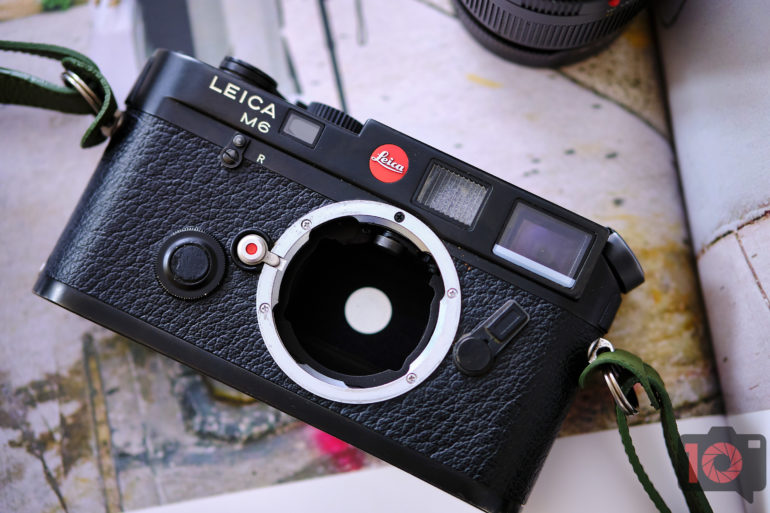
The Leica M6 TTL is a camera that is almost identical to the Leica M6 save for one thing. Right by the lens release is another button that holds a battery for the light meter. And then of course there is the mount, the rangefinder windows, and everything else that a Leica user will come to expect. Oh, and to that end–you can also expect that red dot.
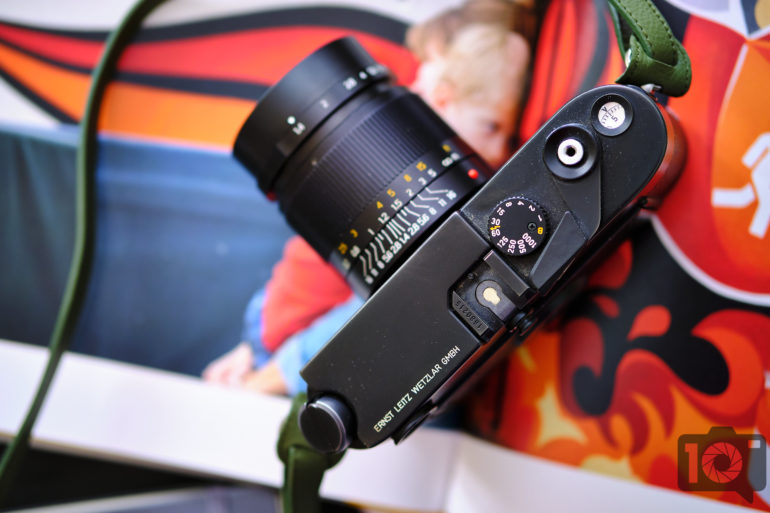
On top of the Leica M6 TTL is the slightly larger shutter dial. You’ll also find the film advance, film counter, hot shoe, film rewind knob and the shutter release here.
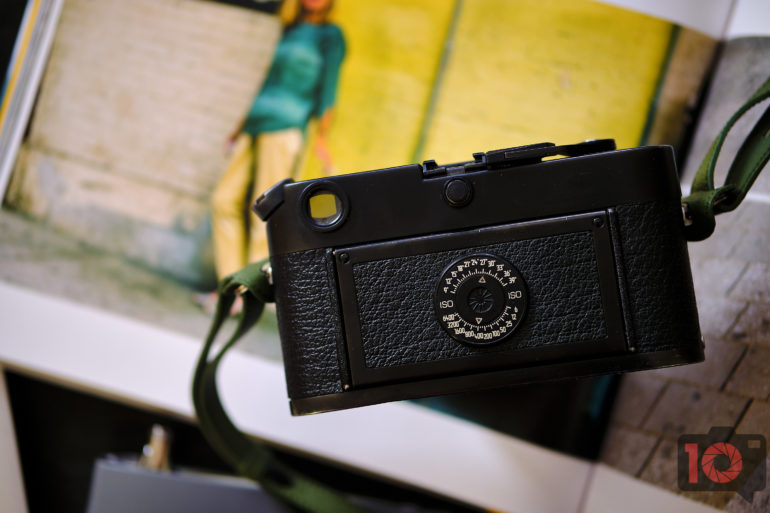
Turn to the back of the camera and you’ll find the ISO dial. This along with the film plate are very important. You’ll even find a small spot for a PC sync cable here.
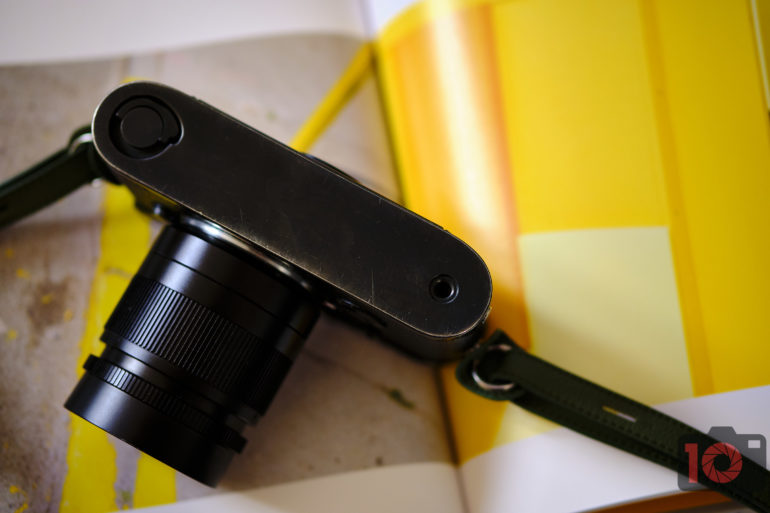
The bottom of the Leica M6 TTL is just like any other Leica. You open it up here to load film and unload it.
Build Quality
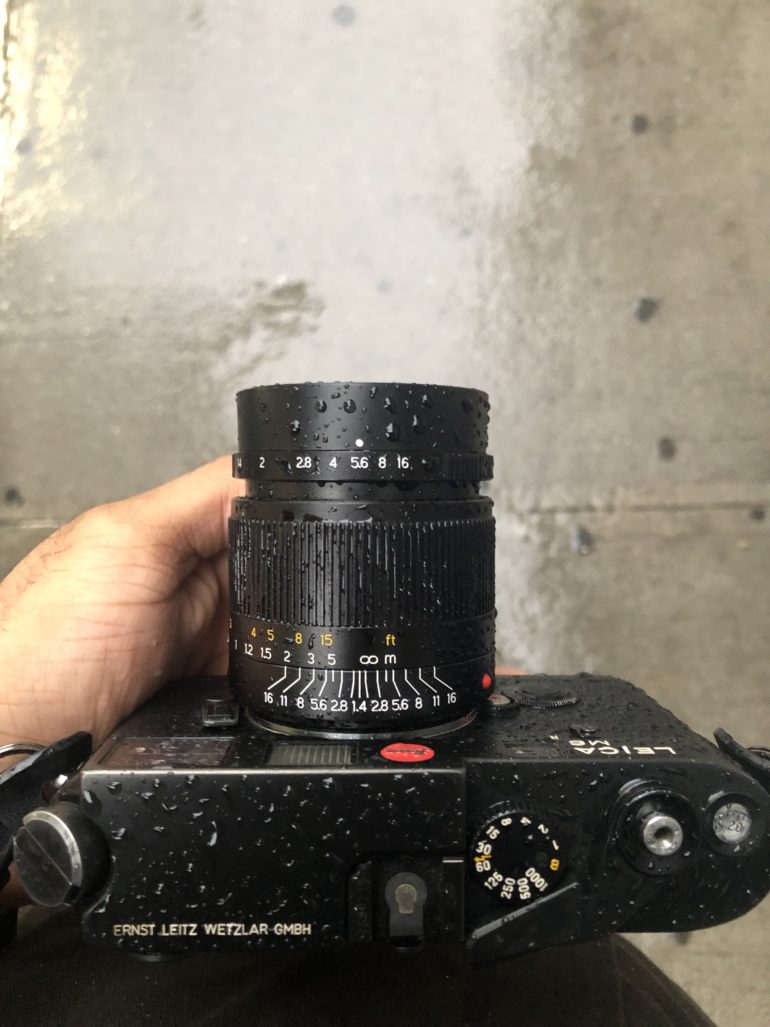
During our testing of the Leica M6 TTL, we took it out in the rain with a variety of lenses. Leica cameras aren’t rated with weather sealing. In fact, the heads of marketing told me directly that they’re not. They wouldn’t even try to act like they are. However, the engineers and product managers often tell me that the cameras and lenses were designed with that already built into the cameras. Indeed, I’ve heard horror stories of things that Leica cameras have survived. And as you see in the image above, we took the Leica M6 TTL out into the rain a few times. It was awesome. It was fun. I wouldn’t really recommend it.
My camera is still fine. And you should know that even if someone spills some jungle juice on the precious extension of your eye, it should still work.
Ease of Use
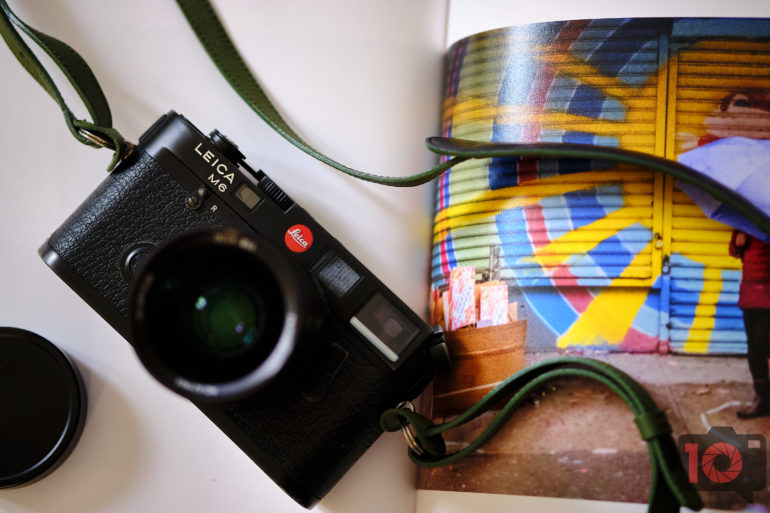
Using the Leica M6 TTL is pretty straight forward. If you’ve never used a Leica before, then so much about it will annoy you. But if you’re willing to understand the philosophy of why and how it works, you’ll discover that it’s wonderful. To use the Leica M6 TTL you simply load some film into it, set the ISO, half press the shutter, meter the scene, adjust your exposure, and shoot. Of course, you need to pre-focus and all that good stuff. But the process makes you much more a part of the image that most modern picture taking does.
With all this said, the Leica M6 TTL and Leica film cameras in general probably aren’t the simplest for most folks to use until they really sit with them. Once they do, photographers will realize that using a Leica is a really tactile experience. Ergonomically, they just seem right. Function-wise, they blend right into what you’re doing.
Metering

In all of my testing with the Leica M6 TTL, I haven’t once had a problem with the metering. You can read the meter and expect that your scene will render close to how it does with most digital cameras in evaluative metering mode. But at the same time you should remember that this is film. If something feels off, then it probably is. At a time like that I resort back to sunny 16 methods.
Images
Conclusions
I enjoy the Leica M6 TTL. It’s a beautiful camera that slings around me well and functions flawlessly. I’d be telling a lie if I said that I didn’t like sometimes wearing it like a piece of photographer’s jewelry. But it’s also fun to shoot with. Most photographers will only need the Leica M6. But if you want to make the commitment to shooting events and using film the way so many photographers are these days, then the Leica M6 TTL is probably the right choice for you.


